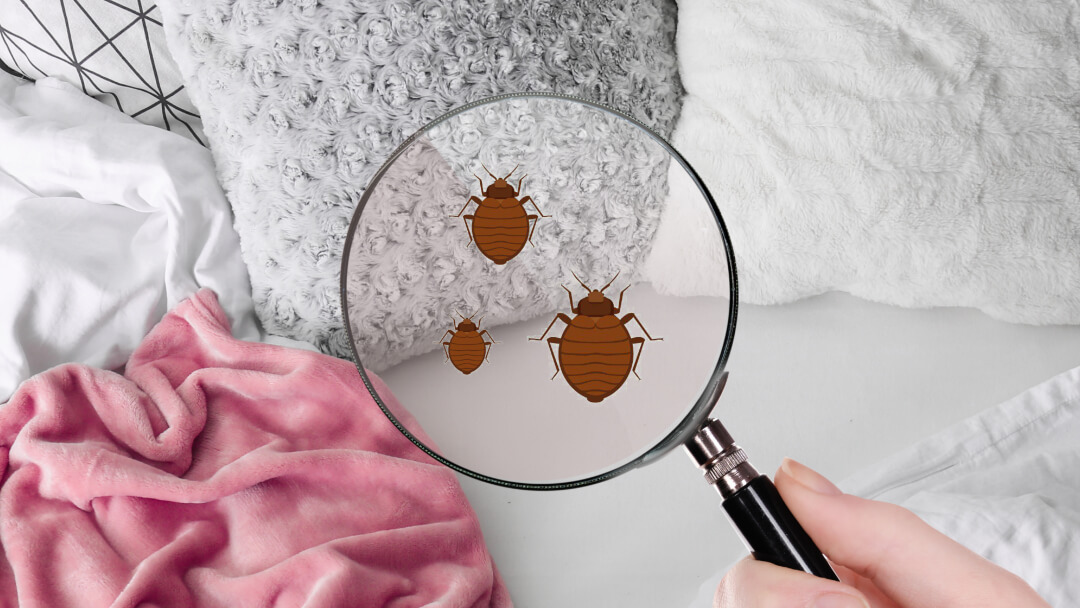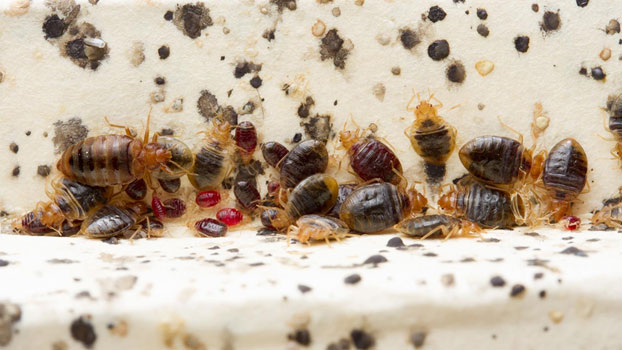Top A1 Bed Bug Treatment in Houston - Quick and Affordable
Top A1 Bed Bug Treatment in Houston - Quick and Affordable
Blog Article
Recognizing the Lifecycle of Bugs for Targeted Control Approaches
Understanding the lifecycle of pests is a fundamental facet of reliable parasite administration methods. By comprehending the different stages of development that parasites undertake, a much more targeted and exact method can be embraced to control their populaces. This expertise not only clarifies the susceptabilities within the bug lifecycle however also paves the means for applying tactical measures that can disrupt their development and reproduction cycles. Through a much deeper understanding of exactly how pests flourish and evolve, customized control techniques can be made to resolve particular factors in their lifecycle, eventually resulting in even more successful parasite administration end results.
Importance of Comprehending Pest Lifecycle
Recognizing the lifecycle of parasites is important for developing effective and targeted control techniques in insect administration. By comprehending the various phases a bug goes through from egg to grownup, parasite control specialists can identify vulnerable factors in the lifecycle where intervention can be most effective.
Furthermore, recognizing the specific environmental conditions needed for each and every phase of the bug's lifecycle can assist decisions on habitat alteration or exemption methods to decrease and disrupt the lifecycle pest populaces. This understanding enables pest monitoring experts to execute proactive measures instead than depending entirely on reactive treatments, causing even more long-lasting and sustainable parasite control services. Ultimately, a complete understanding of insect lifecycles encourages bug control practitioners to customize their approaches successfully, minimizing ecological impacts and optimizing control end results.
Secret Phases in Insect Growth
To effectively execute targeted control approaches in pest management, an essential facet lies in thoroughly determining and recognizing the key stages in parasite development. Pest development usually includes numerous vital phases that are essential for their lifecycle and management. The initial stage is the egg phase, where bugs lay eggs that later on hatch out right into larvae. Larvae after that advance right into pupae, a phase where they go through transformation prior to becoming adult bugs. Recognizing these phases is vital as it assists in identifying susceptible factors in the lifecycle where control measures can be most effective.

Susceptabilities in Insect Lifecycle
Throughout the numerous stages of a pest's lifecycle, distinct susceptabilities arise that can be tactically targeted for efficient control measures (A1 bed bug extermination houston). One essential vulnerability lies in the egg phase, where bugs are typically more susceptible to certain pesticides or biological control agents due to their soft external shell, making them easier targets for treatment. Understanding these vulnerabilities in the parasite lifecycle is vital for developing accurate and reliable control approaches that properly take care of pest populaces while lessening environmental effect.
Implementing Targeted Control Procedures

Carrying out targeted control measures commonly involves a multi-faceted strategy. navigate to this site This may consist of habitat modification to make the setting less friendly to insects, such as getting rid of standing water for mosquito control or sealing access factors for rodents. In addition, organic control methods can be made use of, where natural killers or virus are introduced to maintain parasite populations in check.
Chemical control, such as the mindful application of chemicals, is another typical approach. It is essential to utilize these materials judiciously to reduce environmental impact and prospective injury to non-target species - A1 Bed bug exterminator houston LLC. Integrated Bug Monitoring (IPM) approaches that combine various control steps in a worked with and lasting fashion are frequently the most efficient in accomplishing lasting parasite monitoring objectives. By applying targeted control measures based on a complete understanding of bug lifecycles, bug populaces can be efficiently managed while lessening dangers to human health and wellness and the environment.
Enhanced Bug Administration Practices

In addition, the incorporation of biological control representatives, such as all-natural predators or microorganisms of bugs, can help minimize reliance on chemical pesticides and promote an extra balanced ecological community. Carrying out physical obstacles and traps can also belong to boosted parasite management practices, providing non-toxic and targeted remedies for pest control. Additionally, the use of scents and various other semiochemicals can interfere with pest breeding patterns and interaction, bring about minimized parasite populaces over time.
Conclusion
Finally, understanding the lifecycle of insects is critical for effective insect administration methods. By determining essential phases in bug advancement and susceptabilities in their lifecycle, targeted control procedures can be executed to lessen bug populaces. Improved insect management practices can help reduce the dependence on broad-spectrum chemicals and advertise more sustainable and environmentally pleasant bug control techniques. This understanding plays an important role in keeping healthy and balanced ecological communities and farming efficiency.
Understanding the lifecycle of bugs is crucial for establishing effective and targeted control approaches in insect management. By understanding the various stages a parasite goes with from egg to grownup, insect control professionals can recognize you could try here susceptible factors in the lifecycle where intervention can be most effective. Ultimately, a thorough understanding of bug lifecycles empowers bug control practitioners to customize their strategies successfully, minimizing ecological influences and maximizing control outcomes.
By carrying out targeted control actions based on an extensive understanding of parasite lifecycles, pest populations can be successfully managed while decreasing risks to human health and wellness and the setting.
By identifying essential phases in pest development and vulnerabilities in their lifecycle, targeted control actions can be applied to decrease pest populations.
Report this page